---
title: "esc"
output: html_document
---
```{r setup, include=FALSE}
knitr::opts_chunk$set(echo = TRUE)
```
A. An amount between $5 and $10.
B. An amount between \$5 and \$10.
C. An amount between \\$5 and \\$10.
X. An equation $1 and 1 = 2$.
Y. An equation \$1 and 1 = 2\$.
Z. An equation \\$1 and 1 = 2\\$.
I've got a similar, but different question here. Please comment if I need to add clarification to differences. I'm asking two different questions and hope that's obvious.
Anyways, the output of knitting the .Rmd above is shown below. Why does example X properly invoke LaTeX, where example A does not? X and A seem almost identical to me, and I'm left wondering why they both don't transform whatever is inside the dollar signs $ into LaTeX text?
I'm aware I could use \( and \) to replace $ and $. I just want to know why $ and $ doesn't properly call LaTeX in my example. It seems arbitray that it works for X, but not A, although I doubt it's arbitrary.
